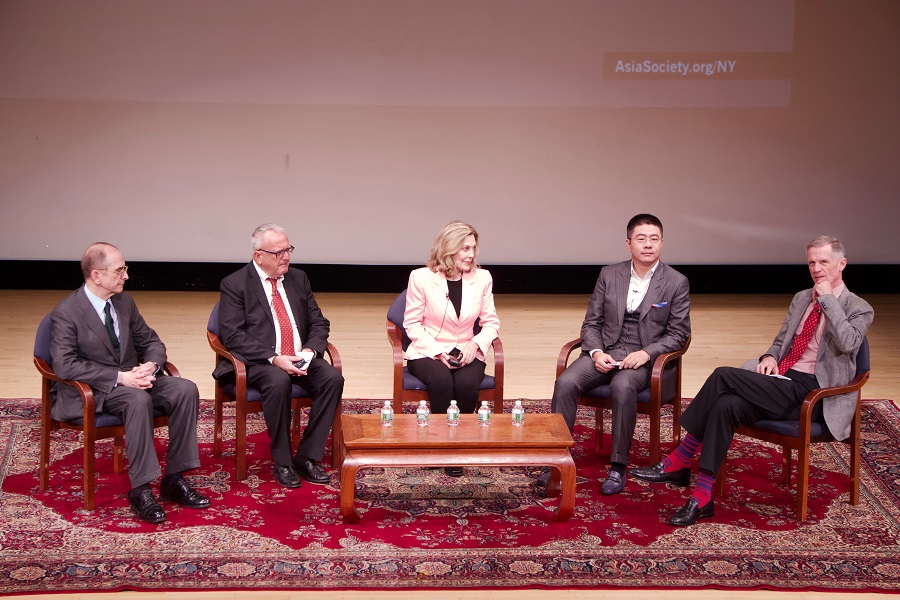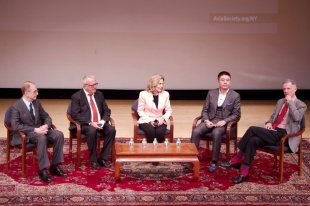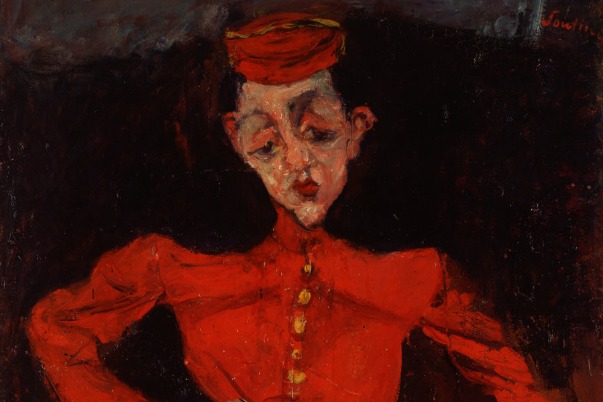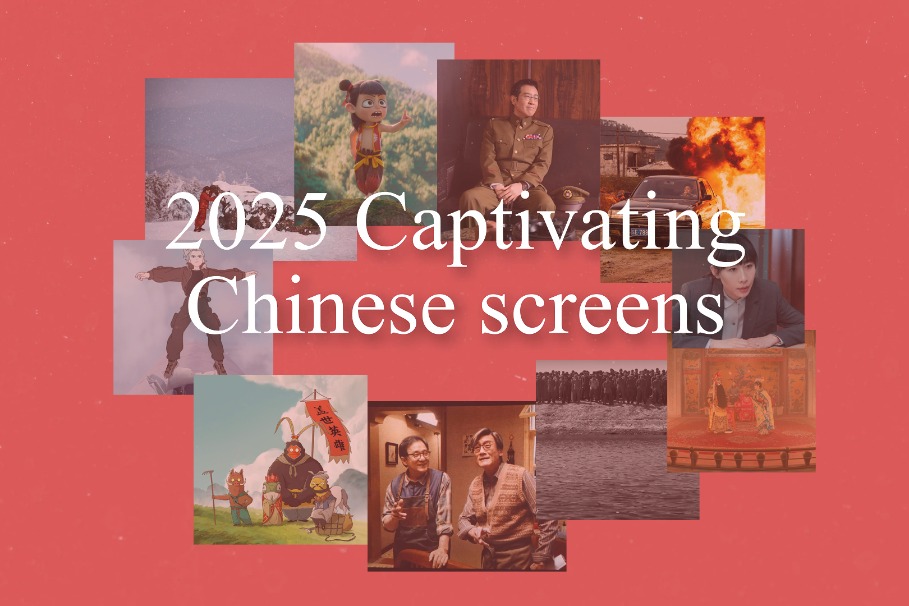Entrepreneurs now leveraging culture


As China has seen exponential growth in the past 20 years, new generations of entrepreneurs and investors are starting to shift their focus to traditional culture.
Internet giant Tencent is making efforts to connect Chinese tradition with younger generations through technology.
“Digital technology is more than a form for carrying and processing content, rather, it bears the essential functions of content generation, expression and dissemination,” Edward (Wu) Cheng, vice-president of Tencent, said at the China-US Culture Investment Forum at the Asia Society in New York on Sunday.
“We believe that innovation is the best way to preserve our traditional culture, and consumption is the best way to inherit our heritage,” he said.
“The popularity of the digital forms of traditional culture among young people will not only help with the success of digital platforms, but also sustain and enrich traditional culture itself,” he added.
Tencent Holdings Ltd is best known for its WeChat messaging service and gaming. WeChat as a multipurpose mega app now has more than 1 billion registered users globally, with more than 200 million overseas users.
Cheng shared the latest experiments in the cultural arena under the new corporate strategy called “technology + culture”.
Cheng illustrated that Tencent’s game Wang Zhe Rong Yao(Honor of Kings) is the first Chinese mobile game to reach over 10 million daily active users outside China.
In the game, a large number of the characters are based on the images of historical or classical literary figures in China.
Recently, its users have discovered a new way of playing — they can donate their game points and redeem them to help support rural women make scarfs. In return, players will get new game skins or gear as rewards.
“With this small innovation, users can now have fun playing games, enjoy Chinese traditional culture, and do charity work, all at the same time,” said Cheng.
To bring traditional culture to young people, Tencent and the Palace Museum in Beijing co-organized an annual design competition for young people to design digital products with elements from the Forbidden City.
Popular products include a series of tradition-based emoji stickers, which were used 40 million times a month.
Also in collaboration with the Palace Museum, Tencent launched a mini program called “Find you way in the Forbidden City”.
“In the past two years, through our partnerships with such prestigious cultural institutions as the Palace Museum, the Great Wall,Dunhuang and the Terracotta Warriors, a rich and vibrant content ecosystem has taken shape,” said Cheng.
“Traditional culture has found a way into modern life. Tencent’s content team have drawn upon traditional culture to create popular products that users enjoy,” he added.
Cheng said that like any technological revolution in history, digitization is not only there for content migration but also for content production.
“Tencent’s exploration will forge ahead,” he emphasized.
The forum was jointly presented by the Beijing Contemporary Art Foundation and Asia Society as part of the Creative China Festival.
It aims to identify new prospects for cultural investment that have emerged in recent years and to establish a long-term collaborative platform between China and the US.





































